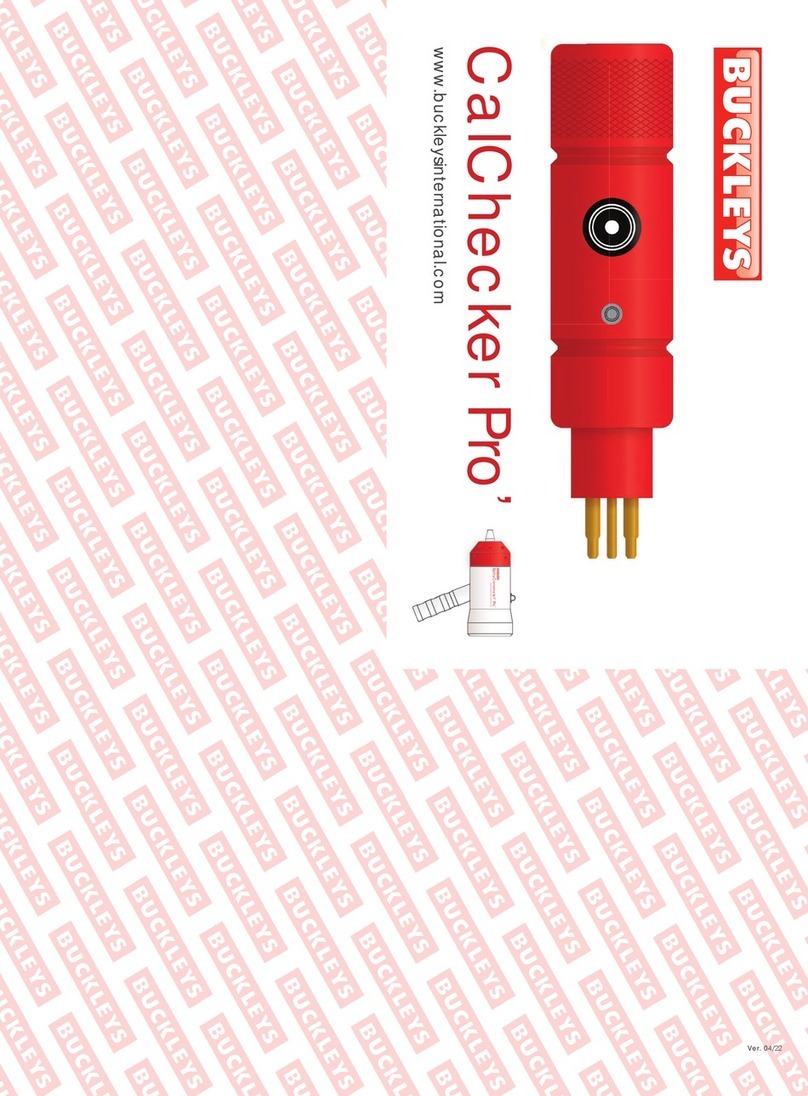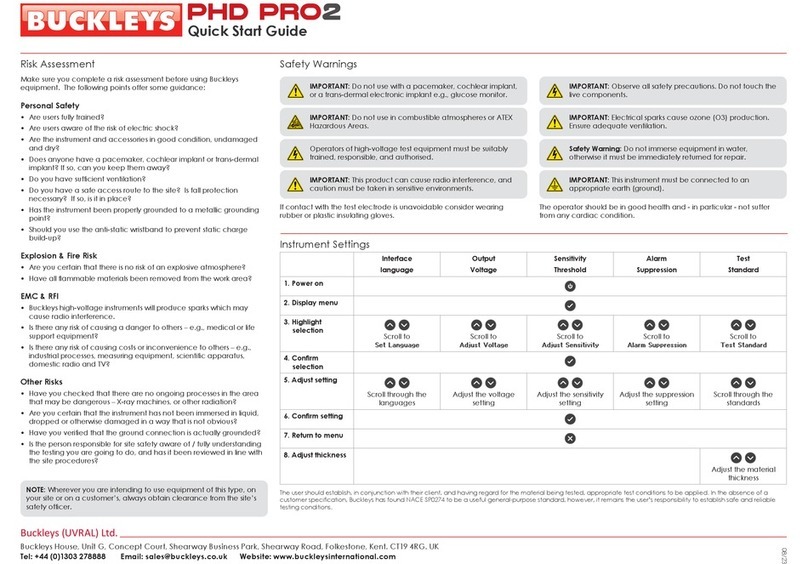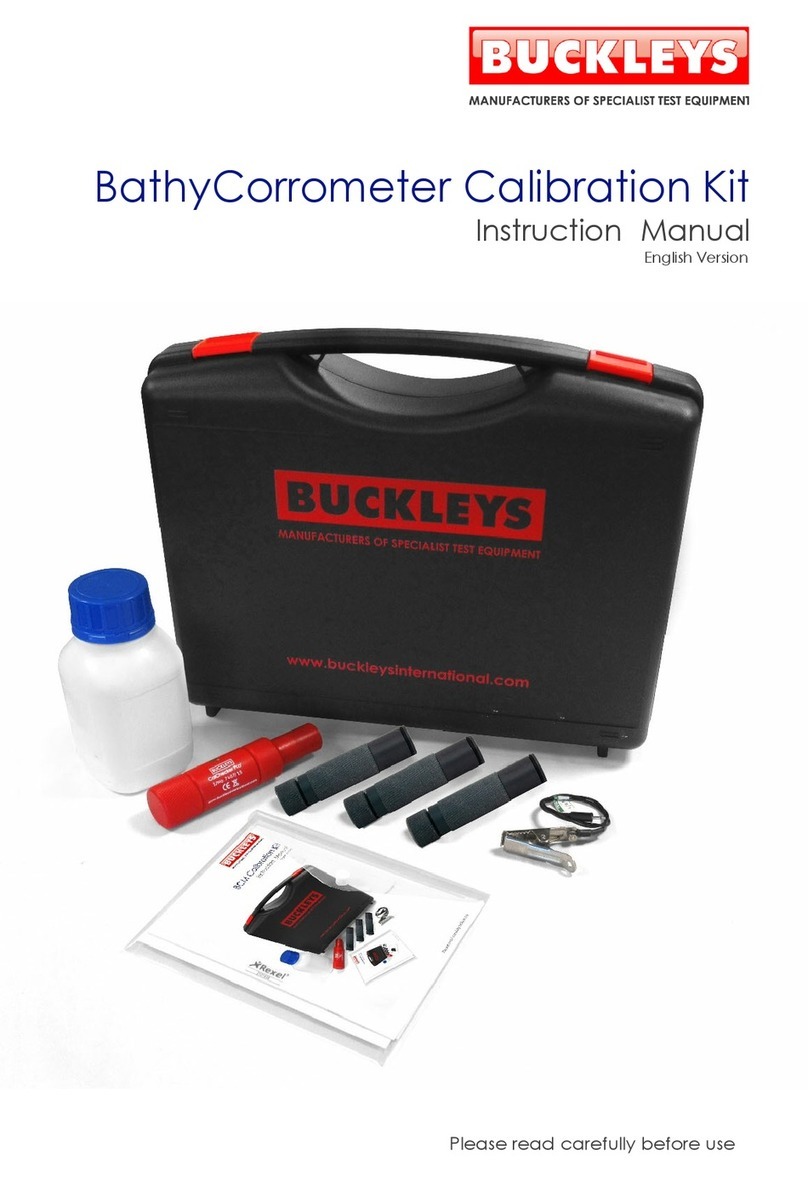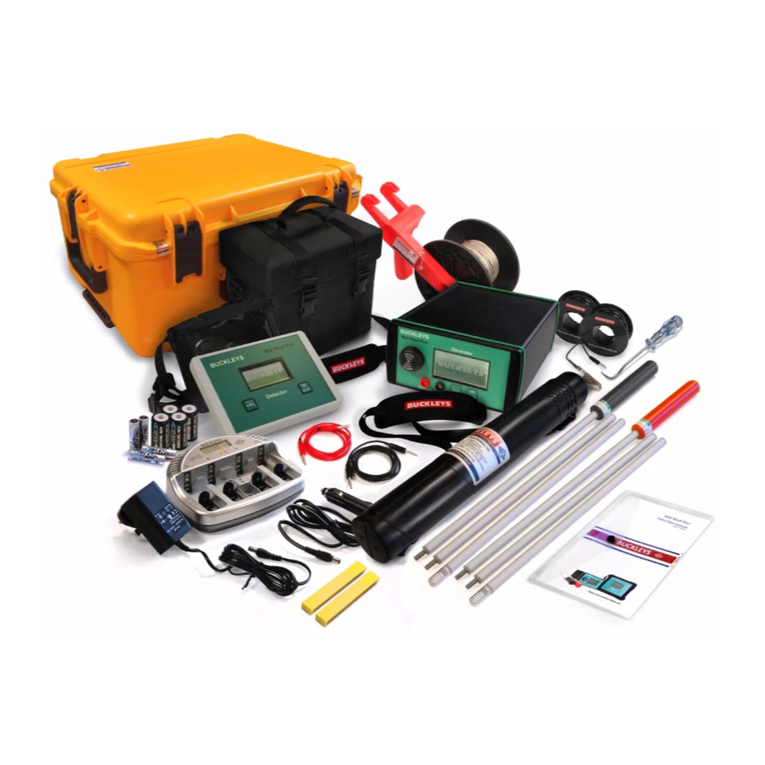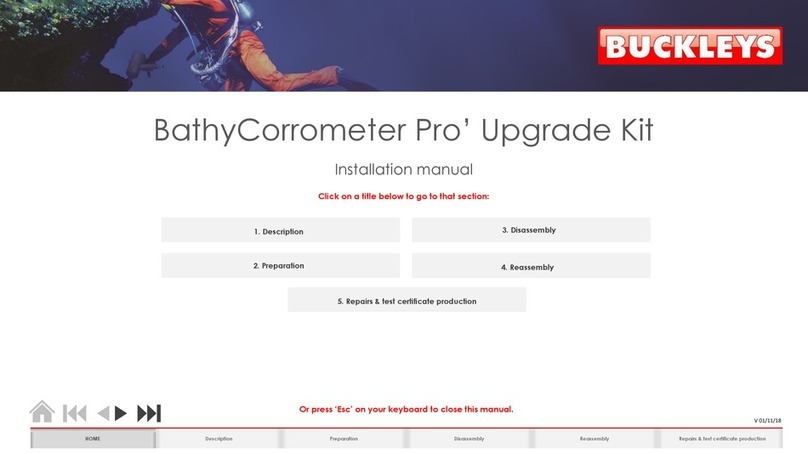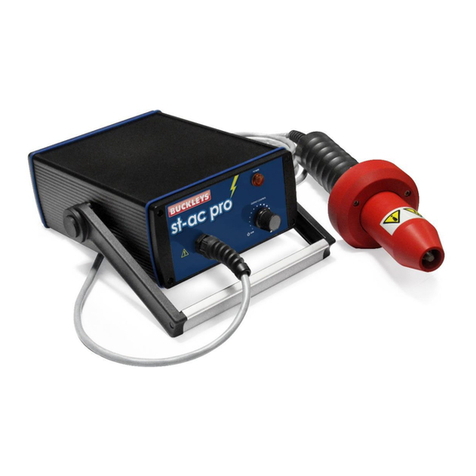
06/23
3
Safety Warnings – VERY IMPORTANT
IMPORTANT: We strongly advise that
individuals with pacemakers, cochlear
implants, or trans-dermal electronic implants -
e.g., glucose monitors do not use our high-
voltage test equipment under any
circumstances.
IMPORTANT: This product must not be
used in combustible atmospheres or
ATEX Hazardous Areas, such as fuel stations or
in proximity to any combustible gas (and/ or
oxygen concentrations exceeding normal
atmosphere).
IMPORTANT: This instrument must be
connected to an appropriate earth
(ground) before a high voltage is
applied.
All high-voltage testing equipment
must be operated by suitably trained,
responsible, authorised personnel only.
IMPORTANT: This product may cause
radio interference, which may interfere
with other processes.
Observe all safety precautions;
operators will be exposed to high
voltages when using this instrument. Avoid
contact with live components.
This instrument creates sparks in use,
which cause the formation of ozone
(O3). Ozone is a known irritant and therefore -
particularly when using the instrument in
confined spaces - the user must ensure
adequate ventilation so that established
workplace exposure limits are not exceeded.
Safety Warning: DO NOT USE this
equipment in the event of it being
immersed in water. It must be immediately
returned to Buckleys for service, calibration
and/or repair.
A high voltage will always take the easiest route
to earth. The risk of electrical shock is inherent
when operating high-voltage equipment and
extreme caution must be taken at all times.
The output voltage of this equipment is derived
from a high-impedance source and is current
limited. However, when the equipment is in use,
should the operator accidentally contact the
test electrode they will receive an electric
shock. If this situation is unavoidable, we
recommend that suitable rubber or plastic
insulating gloves, apron and boots be worn.
Furthermore, the operator should be in good
health and - in particular - not suffer from any
cardiac condition.
During testing, a static charge may accumulate
on the surface under test. If an operator
touches the surface, they may also become
‘charged- up’. When discharged to earth, this
charge could result in a static electric shock,
such as may be experienced in the home under
certain weather conditions.
Whilst such a shock does not normally present
any danger to the user, it can be unpleasant,
and may cause the operator to react in a way
which may place them in danger. In most
cases, the operator can avoid this by wearing a
blue electrostatic discharge wristband and
ensuring it is connected by the blue cable to
the grounding terminal (4mm socket) on the
instrument’s enclosure, or any other suitable
grounding point.
In all cases it is essential to ensure that the
instrument is correctly earthed.

